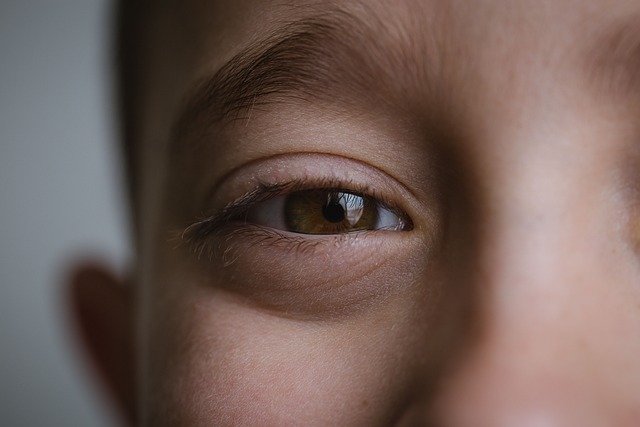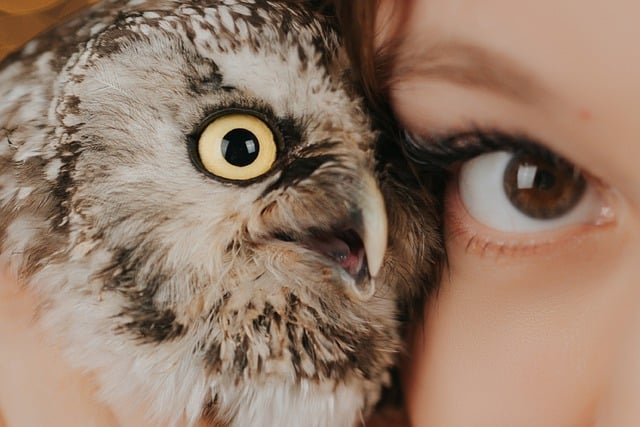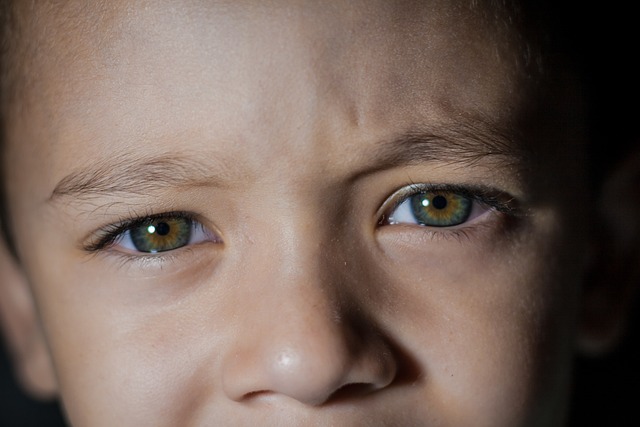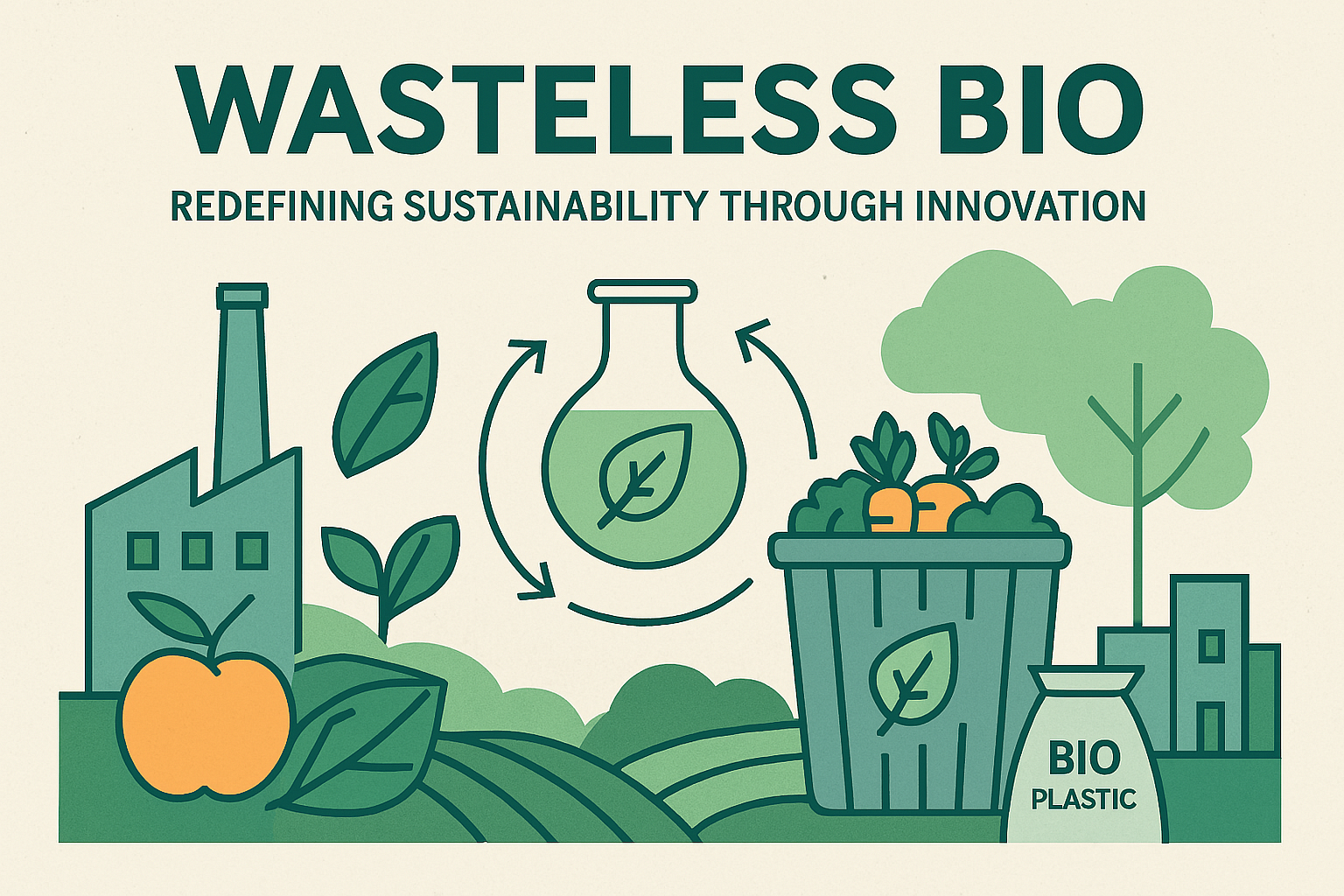Brown eyes can be described in various creative and evocative ways, drawing inspiration from nature, food, and colors.
Terms like “chestnut eyes,” “cocoa eyes,” “mahogany eyes,” and “amber eyes” capture the rich, warm tones of brown eyes.
Other descriptions, such as “hazel eyes,” “toffee eyes,” and “cinnamon eyes,” highlight the unique characteristics and shifting colors with brown eyes.
Moreover, these imaginative descriptions help paint a vivid picture of the diverse and captivating shades found in brown eyes.
How Can You Creatively Describe Brown Eyes in Many Ways?
Brown eyes, resembling warm polished chestnuts, hold the allure of rich earthy tones that evoke feelings of comfort.
Nature-Inspired Descriptions :
Here are some naturally inspiring ways of describing:
Chestnut Eyes:
Chestnut eyes draw parallels to the rich, deep tones of chestnut tree bark. They carry warmth and earthiness in their hue.
Imagine the deep, reddish-brown color of chestnut shells, conveying a sense of natural beauty and depth.
Mahogany Eyes:
Mahogany eyes are reminiscent of the elegant and dark reddish-brown wood. They evoke a sense of mystery and sophistication.
Moreover, visualize the polished surface of mahogany furniture, reflecting depth and a timeless quality.
Amber Eyes:
Amber eyes have golden undertones that radiate warmth and captivate with their unique hue.
Furthermore, think of the warm, glowing hues of amber gemstones, resembling the color of a setting sun.
Hazel Eyes:

Hazel eyes combine brown with hints of green or gold, creating a shifting and enchanting color that varies with lighting.
In addition, envision the mesmerizing play of light and color in hazel eyes, much like dappled sunlight through leaves.
Walnut Eyes:
Walnut eyes mirror the deep and rich color of walnut wood. They exude understated elegance and a grounded presence.
Moreover, picture the intricate grain patterns of walnut wood, embodying a natural beauty and depth.
Food-Related Descriptions
Here are some describing way that are food-related :
Cocoa Eyes:
Cocoa eyes carry the rich, smooth shade of cocoa powder, invoking warmth and depth.
Imagine the comforting aroma and texture of cocoa, translating into eyes that feel inviting and comforting.
Toffee Eyes:
Toffee eyes blend the colors of caramel and brown, creating a sweet and irresistible hue.
Think of the luscious, gooey tones of toffee candy, reflecting a sense of warmth and allure.
Caramel Eyes:
Caramel eyes are akin to the rich and inviting hue of caramel, delivering a touch of warmth and sweetness.
Visualize the deep, golden-brown shade of caramel sauce, capturing both richness and comfort.
Chocolate Eyes:
Chocolate eyes resemble the deep, dark indulgence of chocolate. They are rich, inviting, and evoke a sense of luxury.
Picture the velvety, decadent color of dark chocolate, evoking a sense of both pleasure and depth.
Color and Material Comparisons
Here are some describing way that are color and material related :
Copper Eyes:
Copper eyes showcase a reddish-brown gleam reminiscent of the metal copper. They have a distinct and captivating sheen.
Picture the warm, reddish tones of oxidized copper, translating into eyes that reflect light with a unique and intriguing shimmer.
Bronze Eyes:
Bronze eyes carry a metallic quality akin to bronze metal. They exude a sense of strength and elegance.
In addition, imagine the polished surface of bronze sculptures, embodying a combination of warm brown tones and a touch of sophistication.
Sienna Eyes:
Sienna eyes draw inspiration from the rich earthy color of sienna pigment. They evoke an artistic and warm presence.
Moreover, visualize the deep, reddish-brown hues of sienna pigments used in painting, reflecting a sense of creative depth and connection to nature.
Sepia Eyes:
Sepia eyes are reminiscent of the nostalgic tone of sepia photographs. They hold a classic and timeless quality.
Furthermore, think of the warm, brownish tones of vintage photographs, evoking a sense of history and a touch of sentimentality.
Artistic and Seasonal Descriptions
Here are some describing way that are artistic and seasonal related :
Maple Eyes:
Maple eyes capture the reddish-brown hues found in maple leaves during the fall season. They convey warmth and seasonal beauty.
Picture the vivid, changing colors of maple leaves in autumn, translating into eyes that embody the essence of fall.
Tawny Eyes:
Tawny eyes resemble the light-brown color of tawny owls. They possess a soft and muted allure.
Imagine the delicate, muted shades of tawny owl feathers, reflecting a sense of subtlety and natural elegance.
Cinnamon Eyes:
Cinnamon eyes evoke the warm and spicy aroma of cinnamon. They carry an earthy charm and evoke coziness.
Visualize the reddish-brown tones of cinnamon spice, reminiscent of comfort and a touch of indulgence.
Sophisticated Descriptions
Here are some describing way that are sophisticated related :
Cognac Eyes:
Cognac eyes draw inspiration from the deep amber tones of cognac. They carry an air of sophistication and depth.
Imagine the rich, warm hues of aged cognac, reflecting a sense of refinement and complexity.
Coffee-Colored Eyes:
Coffee-colored eyes liken the hue to the comforting and familiar shade of coffee. They exude a sense of warmth and comfort.
Picture the various shades of coffee, from deep espresso to light latte, translating into eyes that feel inviting and soothing.
Mocha Eyes:
Mocha eyes capture the richness and aroma of mocha coffee. They are both inviting and alluring.
Visualize the swirls of chocolate and coffee in a mocha beverage, reflecting eyes that hold a blend of warmth and intrigue.
Why Is Descriptive Language Important?

Descriptive language serves as the artist’s palette of words, enriching communication by vividly painting images, emotions, and sensory experiences in the minds of readers or listeners.
Enhancing Imagery:
Creative descriptions add layers of detail to visual elements, allowing readers to vividly imagine scenes, characters, and settings.
By employing precise language, writers can paint a more vibrant and immersive picture in readers’ minds, making the narrative come alive.
Evoking Emotions:
Specific language not only portrays appearance but also conveys emotions and atmospheres associated with the described elements.
By choosing words that evoke particular feelings, writers can manipulate readers’ emotions and set the tone of the narrative, heightening engagement.
Creating Memorable Characters:
Unique and well-crafted descriptions help characters stand out in readers’ memories, making them distinct and memorable.
By providing distinct physical attributes and characteristics, writers ensure that characters resonate with readers, enhancing the overall storytelling experience.
Overall, using descriptive language effectively not only enhances the imagery but also serves as a powerful tool for evoking emotions and crafting unforgettable characters, enriching the reader’s engagement with the narrative.
How do descriptions demonstrate adaptability?
Descriptions showcase adaptability by molding words to suit different contexts and perspectives.
Subjectivity in Perception:
Descriptions are interpreted differently based on readers’ personal experiences, cultural backgrounds, and emotions. What seems vivid and evocative to one reader might evoke a different image for another.
Moreover, writers should be aware of this subjectivity and craft descriptions that allow for a range of interpretations, creating a more inclusive and relatable reading experience.
Tailoring Descriptions:
The same physical attribute can be described in various ways to suit different contexts and tones. Descriptions can be adapted to align with the overall mood, genre, or narrative style of a piece.
Additionally, adapting descriptions ensures coherence and resonance with the narrative’s atmosphere, whether it’s a lighthearted romance or a dark mystery, enhancing the overall immersion for readers.
FAQ’s
How do you describe brown eyes beautifully?
Describing brown eyes beautifully involves using terms like “caramel,” “amber,” or “rich mahogany” to capture their warmth and depth.
How do you describe brown eye color?
Brown eye color can be described as a rich hue reminiscent of earthy tones, offering warmth and depth to one’s gaze.
How do you describe brown eyes in a sentence?
Her eyes, a deep shade of brown, held the warmth of cocoa and the depth of ancient woods.
How do you describe eyes in a poetic way?
Windows to the soul, their irises danced like golden leaves, revealing whispered secrets.
How do you describe someone’s eyes in creative writing?
His eyes, a blend of chestnut and honey, seemed to hold galaxies of stories yet untold.
How do you describe dark eyes in writing?
Her eyes, like pools of obsidian, held a mysterious depth that drew you in.
How do you describe a girl’s eyes?
Her eyes, deep and soulful, carried a gentle wisdom that belied her youthful visage.
Conclusion
Finally, incorporating adaptable descriptions in writing involves a nuanced understanding of readers’ varying perspectives and the flexibility to cater to different contexts.
By acknowledging the subjectivity in interpretation, writers can engage a broader audience while also allowing readers to co-create their own mental imagery.
The ability to tailor descriptions ensures that the narrative remains cohesive and effectively communicates the desired emotions and atmospheres.
As writers embrace these aspects of adaptability, they enhance the richness and depth of their storytelling, forging a more profound connection between the words on the page and the minds of their readers.











